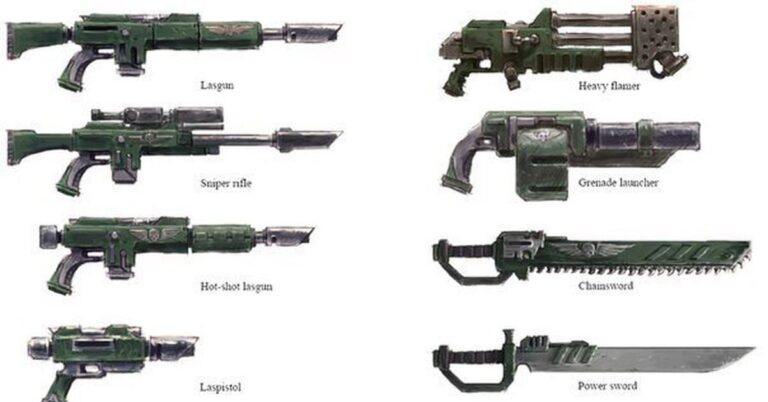Introduction
The war hammer weapon, a redoubtable armament that surfaced during the medieval period, has a fabled history characterized by its ruinous effectiveness in battle. Unlike other contemporary munitions, the war hammer weapon was designed to fight the decreasingly advanced armor of the time, making it a critical tool for soldiers and knights. This composition explores the origins, design, use, and artistic significance of the war hammer, pressing its part in shaping warfare.
Origins and Evolution
Early Development
The war hammer weapon origins can be traced back to simple tools used for labor, which were acclimated for combat as warfare evolved. Beforehand performances were rudimentary, drafted from gravestone or citation, but with the arrival of the Iron Age, they came more sophisticated. The need for a armament that could access armor led to the development of the war hammer, which combined blunt force with a piercing capability.
Medieval Advancements
During the medieval period, the war hammer weapon passed significant advancements. As plate armor came more current, traditional brands and axes were less effective. The war hammer’s design, featuring a blunt head for crushing and a pointed shaft for piercing, made it ideal for prostrating the defenses of armored opponents. This versatility cemented its place on the battleground.
Design and Mechanics
Structural Components
A typical war hammer weapon consists of a handle and a head, with the head frequently featuring a blunt side and a shaft or beak- suchlike protuberance. The handle length varied, with shorter performances for close combat and longer bones for mounted soldiers. Accoutrements used for the handle included wood and essence, while the head was generally forged from iron or sword.
Types of War Hammers
There were several types of war hammer weapon, each designed for specific purposes. The” Lucerne hammer,” for illustration, had a long handle and was used by army to pull knights off horseback. The” manhandle” was a larger, heavier interpretation, used to deliver crushing blows to armor. These variations allowed the war hammer weapon to be acclimated to different combat scripts, enhancing its effectiveness.
Use in Combat
Techniques and Tactics
Using a war hammer needed skill and perfection. The wielder had to balance the armament’s weight while delivering important blows. The blunt side was used to deliver crushing strikes, able of dropping or breaking armor, while the shaft was used to perforation through weak points. This binary functionality made the war hammer a protean and deadly armament.
Notable Battles and Usage
War hammers were prominently used in numerous literal battles. Knights and dogfaces equipped with war hammers could break through adversary lines and disrupt conformations. Their effectiveness was demonstrated in battles similar as Agincourt, where English army used war hammers to great effect against French knights. The armament’s capability to neutralize heavily armored opponents was a significant politic advantage.
Cultural Significance
Symbol of Strength and Authority
Beyond the battleground, the war hammer weapon came a symbol of strength and authority. In heraldry, it frequently represented power and the capability to cover and apply law. It was also associated with fabulous numbers and gods, similar as Thor from Norse tradition, whose magical hammer, Mjölnir, represented godly power and protection.
Influence in Popular Culture
The war hammer’s enduring heritage continues in popular culture. It constantly appears in fantasy literature, flicks, and videotape games, where it’s depicted as a armament of choice for potent soldiers and icons . This ultramodern depiction keeps the armament’s literal significance alive, pressing its impact on both once and present.
Preservation and Legacy
Historical Artifacts
Numerous war hammers have been saved in galleries and collections, offering a regard into their literal significance. These vestiges give precious perceptivity into medieval warfare and artificer. Detailed examination of these munitions reveals the technological advancements and strategic thinking of the time.
Modern Reenactments and Revival
The war hammer has seen a reanimation in ultramodern times through literal reenactments and martial trades. suckers and chroniclers practice and demonstrate its use, conserving ancient ways and educating the public about its part in history. This reanimation ensures that the knowledge and appreciation of this important armament continue to be passed down through generations.
Conclusion
The war hammer, with its mix of brute force and precise design, played a pivotal part in medieval warfare. Its capability to overcome the most advanced armor of its time made it an necessary tool for knights and dogfaces. moment, the war hammer remains a symbol of strength and a testament to the imagination of ancient armament makers. As we continue to study and appreciate this remarkable armament, its heritage endures, bridging the history and present in the annals of military history.


